Home>Ideas and Tips>Vacuum Sealing Basics: Extending Food Shelf Life At Home
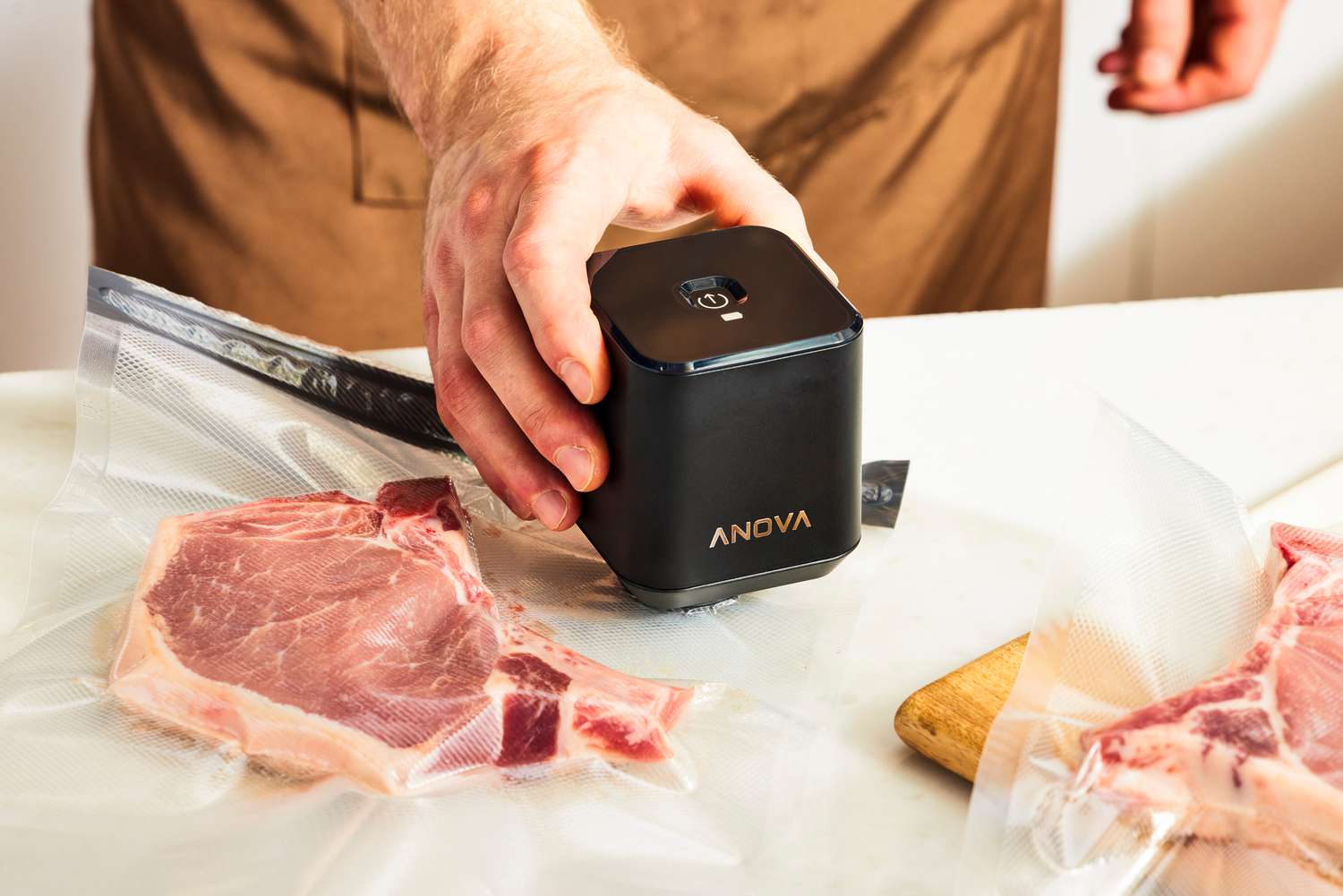

Ideas and Tips
Vacuum Sealing Basics: Extending Food Shelf Life At Home
Published: October 27, 2024
Learn how vacuum sealing can extend the shelf life of your food, reduce waste, and save money with our comprehensive guide.
(Many of the links in this article redirect to a specific reviewed product. Your purchase of these products through affiliate links helps to generate commission for Storables.com, at no extra cost. Learn more)
Introduction
Managing food waste and keeping groceries fresh is super important for both our wallets and the environment. One effective way to extend the shelf life of food is vacuum sealing. This technique involves removing oxygen from food packaging using vacuum suction, creating an airtight seal that prevents microorganisms from growing and spoiling the food. So, how does vacuum sealing work, and why should you use it at home? Let's dive in.
What is Vacuum Sealing?
Vacuum sealing is a food storage method that works by removing the oxygen from food packaging using vacuum suction. This process creates an airtight seal around the food, preventing additional oxygen from entering the package and thus reducing the risk of spoilage. Unlike other methods of preserving food, such as canning or dehydrating, vacuum sealing doesn't require additional ingredients to preserve the food's natural taste and texture. It's like giving your food a cozy little oxygen-free blanket.
Benefits of Vacuum Sealing
-
Extended Shelf Life
- Vacuum sealing significantly extends the shelf life of various foods. It can keep fruits and vegetables fresher for longer, meats and fish from developing freezer burn, and dry goods like cereals and grains from becoming stale.
- For example, vacuum-sealed meat can last beyond a year in the freezer if the seal remains intact, while cheese can be stored for many months without developing mold.
-
Reduced Dehydration and Freezer Burn
- One of the primary benefits of vacuum sealing is its ability to reduce dehydration and freezer burn. By removing oxygen, it prevents the formation of ice crystals on the surface of foods, which can cause freezer burn.
- This preservation method ensures that food retains its color, texture, and flavor for longer periods.
-
Personalized Portioning
- Vacuum sealers allow for personalized portioning of bulk items. This feature is particularly useful for households that buy food in bulk, as it helps in portioning out large packages into meal-sized portions that can be easily stored in the freezer or refrigerator.
-
Time and Money Savings
- Vacuum sealing is a time-saving method that also contributes to kitchen efficiency. It allows you to plan meals more effectively by ensuring that you have the right amount of ingredients available at all times.
- Additionally, it helps in reducing food waste by keeping items fresh for longer periods, thereby saving money that would otherwise be spent on spoiled or expired food.
-
Space Efficiency
- Vacuum-sealed bags take up less space in storage areas compared to traditional packaging methods. This is especially beneficial for households with limited storage space or those who prefer to keep their kitchen organized.
-
Versatility in Storage
- Vacuum-sealed foods can be stored in various environments, including the freezer, refrigerator, or pantry. This versatility makes it an ideal method for different types of food preservation needs.
How to Vacuum Seal Food
-
Choosing the Right Equipment
- To start vacuum sealing, you need a vacuum sealer machine and appropriate vacuum seal bags or rolls. It's essential to choose a model that suits your needs, especially if you plan to seal liquids or fragile items.
-
Preparing the Area
- Ensure that the area where you will be sealing the food is clean and dry to prevent contaminants from coming into contact with your items.
-
Selecting the Right Bag Size
- Use the right-sized vacuum seal bag or roll that has enough space to hold the food. The bag should also have room near the top to allow for proper sealing.
-
Sealing Wet Items
- Sealing wet items like meats or fish requires extra effort. It's crucial to use the appropriate setting on your vacuum sealer for the liquid content of your item to ensure proper oxygen removal and a tight seal.
-
Sealing Fragile Items
- Fragile items such as breads, soft fruits, vegetables, and shellfish can be vacuum sealed but require special care as they can be damaged by the pressure from the machine.
-
Step-by-Step Guide to Vacuum Sealing Bulk Chicken
- Here’s a step-by-step guide to vacuum sealing bulk chicken:
- Use a good vacuum sealer with an attached cutter if available.
- Cut individual bags off the roll using scissors if no cutter is attached.
- Seal one end of each bag to create a bag to hold each portion of chicken.
- Attach a bag to your bag holder and add chicken without touching the outside of the bag.
- Remove the bag from the holder, wash your hands thoroughly, and place it back into the vacuum sealer.
- Ensure that both ends are sealed properly to prevent any air from entering.
- Here’s a step-by-step guide to vacuum sealing bulk chicken:
Common Uses for Vacuum Sealing
-
Meat and Fish Preservation
- Vacuum sealing is particularly effective for preserving meats and fish by preventing freezer burn and maintaining their natural moisture levels.
- For example, vacuum-sealed salmon retains its omega-3 content and natural oils better than other preservation methods like canning or brining.
-
Dry Goods Preservation
- Vacuum sealing extends the shelf life of dry goods such as cereals, grains, coffee, spices, nuts, and beans by keeping them fresh for longer periods.
- This method is ideal for households that buy provisions in bulk as it helps in preserving these items without them becoming stale or rancid.
-
Leftover Preservation
- Vacuum sealing is handy for preserving leftovers by sealing them up and storing them in the fridge or freezer. This method prevents the growth of bacteria and other microorganisms that cause spoilage.
-
Sous Vide Cooking
- Sous vide cooking involves submerging vacuum-sealed food in a precisely temperature-controlled water bath. This method ensures even cooking throughout the food item while preserving its flavors and nutrients.
-
Pickling and Marinating
- Vacuum sealers can be used for pickling and marinating by creating a pressure infusion process within a heat-sealed bag. This method allows marinades or pickling brines to penetrate food quickly, making it a huge timesaver for chefs.
Safety Considerations
-
Pathogen Risk
- Vacuum sealing alone does not kill pathogens that may already be present in the food you are sealing. Therefore, it’s crucial to ensure that all food items are properly cleaned before sealing them.
- Special care must be taken with vacuum-sealed fish to reduce the risks associated with botulism spores. When thawing vacuum-sealed fish, first remove it from its packaging before allowing it to thaw.
-
Fragile Items Handling
- Fragile items such as breads and soft fruits require special care when vacuum sealing as they can often be damaged by the pressure from the machine.
-
Sealing Wet Items
- Sealing wet items like meats or fish requires extra effort and attention to detail to ensure proper oxygen removal and a tight seal.
Conclusion
Vacuum sealing is an effective method for extending the shelf life of various foods at home. By removing oxygen from food packaging using vacuum suction, it creates an airtight seal that prevents microorganisms from growing and spoiling the food. This technique offers numerous benefits including extended shelf life, reduced dehydration and freezer burn, personalized portioning, time and money savings, space efficiency, and versatility in storage.
Whether you're looking to preserve meats and fish for longer periods or keep dry goods fresh for months, vacuum sealing is an essential tool for any home chef or homemaker. With proper equipment selection, preparation techniques, and safety considerations in mind, you can enjoy fresher food for longer periods while reducing food waste and saving money.
References
- FoodSaver. (n.d.). Beginner's Guide to Vacuum Sealing. Retrieved from https://www.foodsaver.com/blogs/beginners-guide-to-vacuum-sealing.html
- Weston Brands. (n.d.). The 365 Day Season: Preserve your food with a vacuum sealer. Retrieved from https://westonbrands.com/365-day-season-preserve-using-vacuum-sealer
- UMaine Extension. (2024). Vacuum Sealing Safely at Home. Retrieved from https://extension.umaine.edu/food-health/2024/09/03/vacuum-sealing/
- OutOfAir. (2022). Is Vacuum Sealing Worth It? A Complete Guide. Retrieved from https://outofair.com/blog/is-vacuum-sealing-worth-it-a-complete-guide
- Reddit. (2024). Vacuum sealing: how much longer does it keep your food fresh? Retrieved from https://www.reddit.com/r/Canning/comments/1aijx2d/vacuum_sealing_how_much_longer_does_it_keep_your/
Was this page helpful?
At Storables.com, we guarantee accurate and reliable information. Our content, validated by Expert Board Contributors, is crafted following stringent Editorial Policies. We're committed to providing you with well-researched, expert-backed insights for all your informational needs.
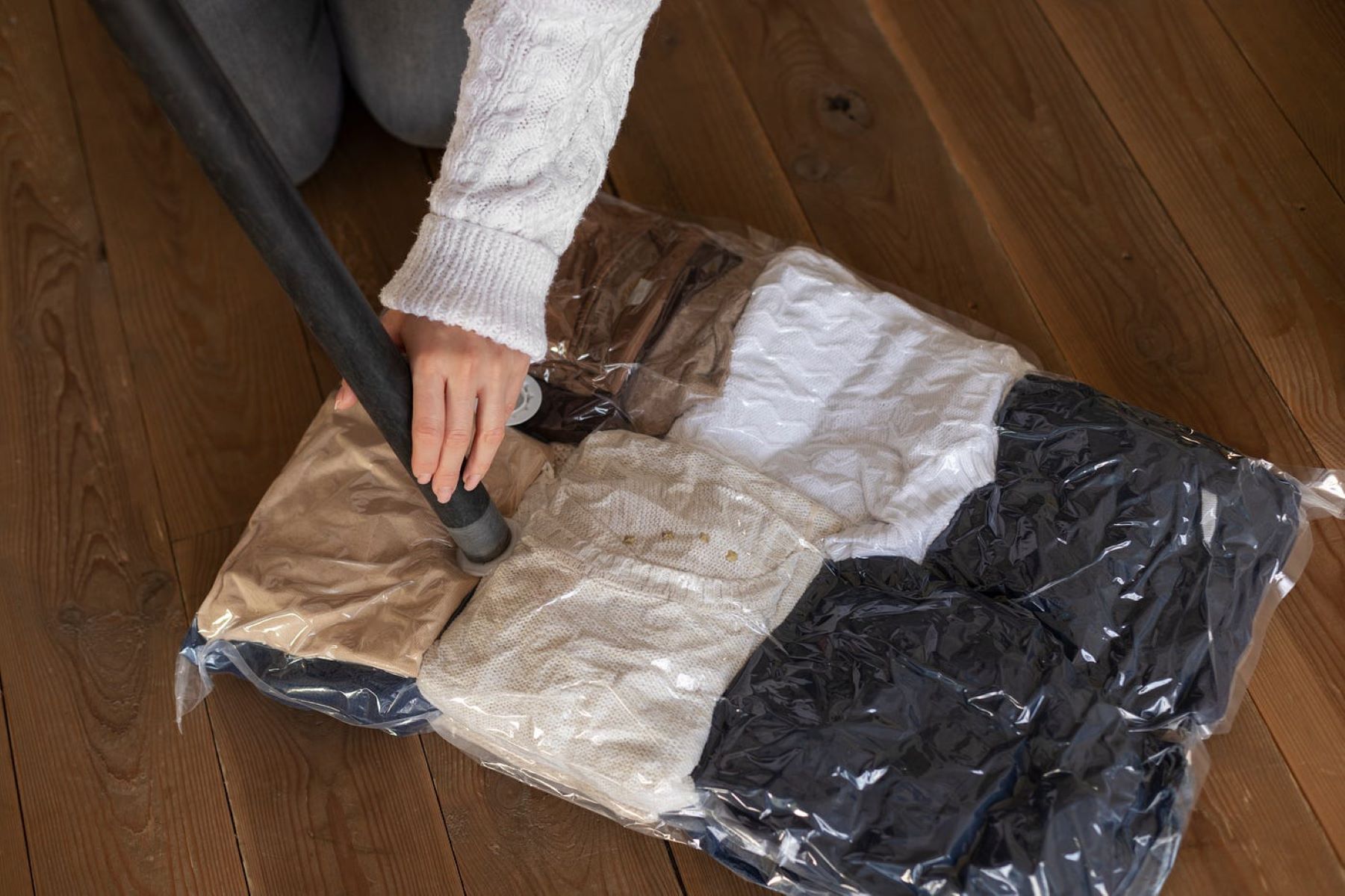


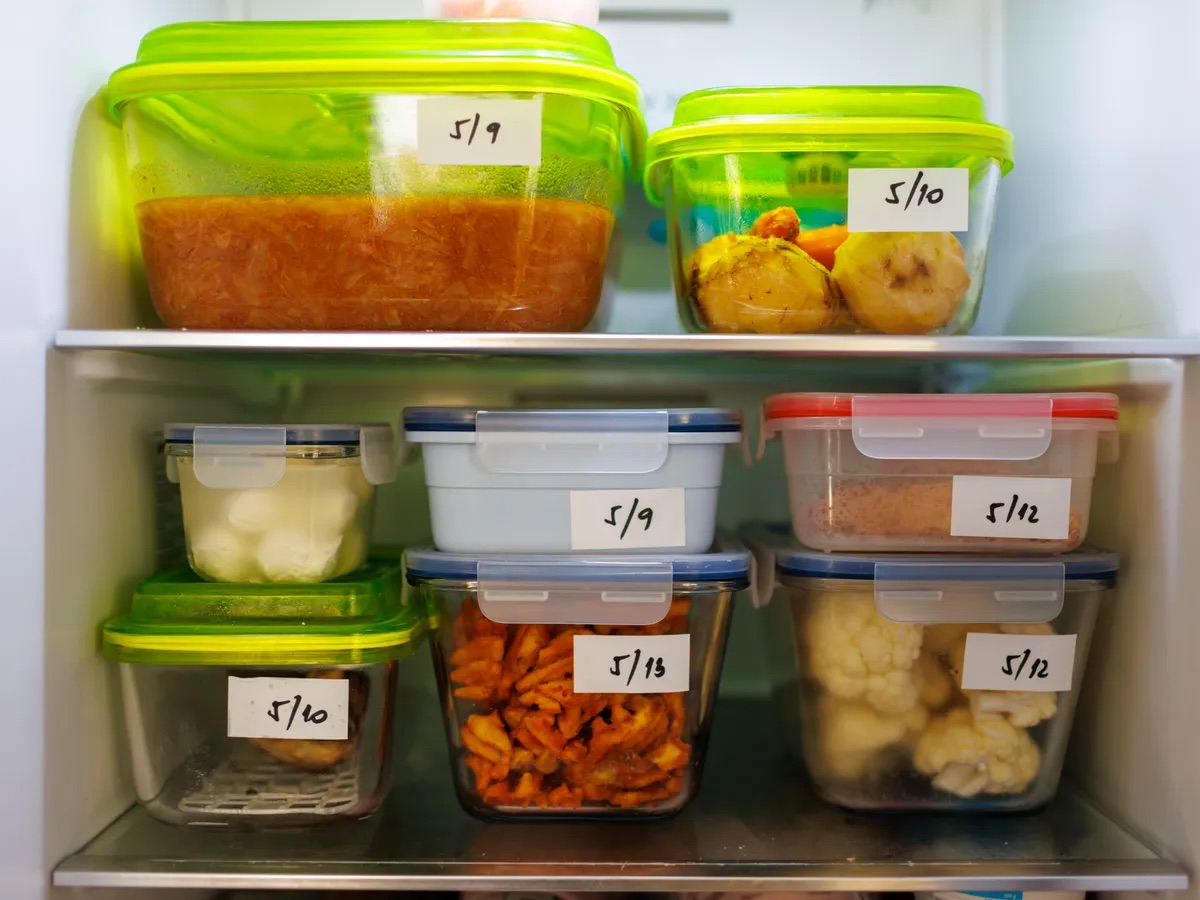


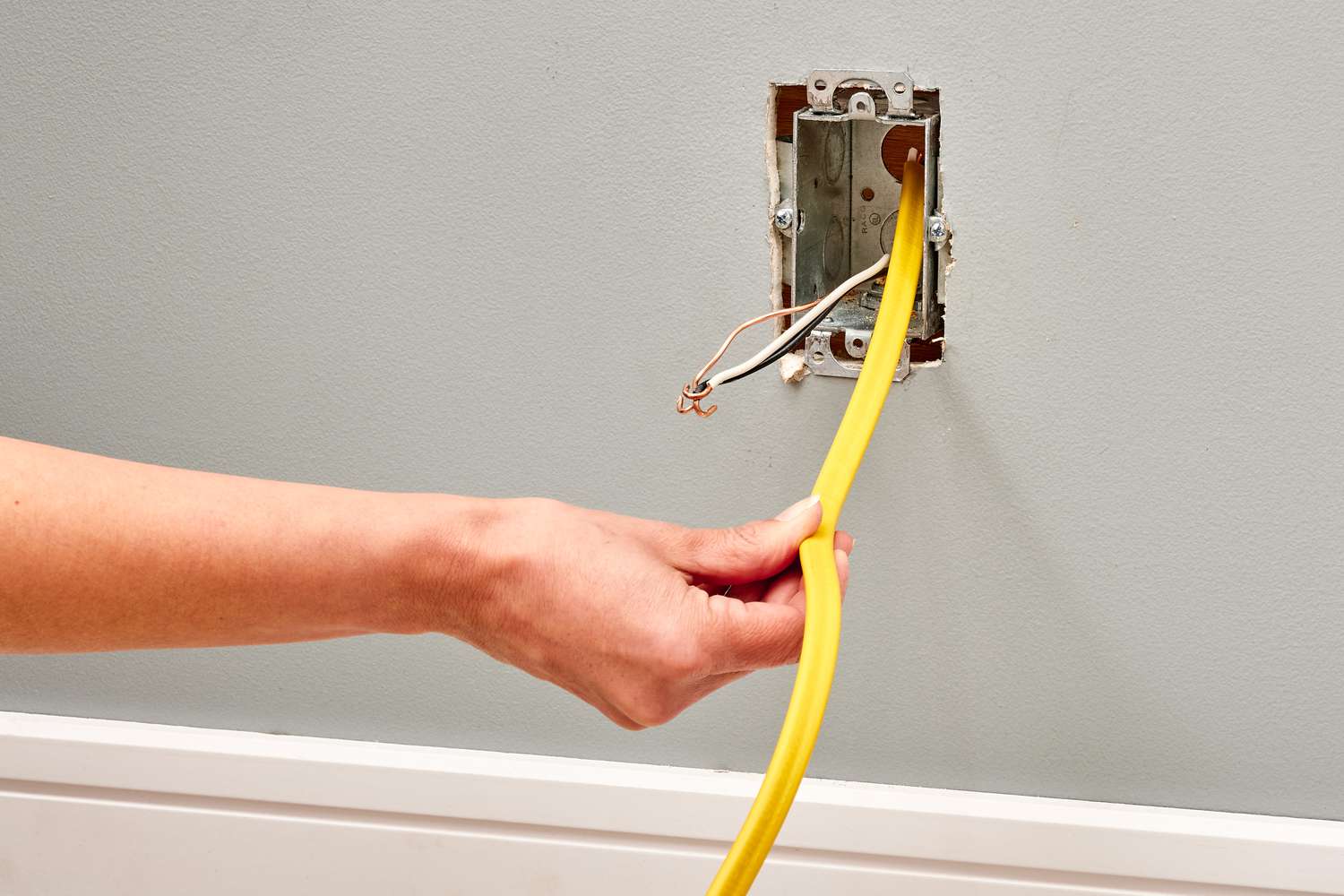
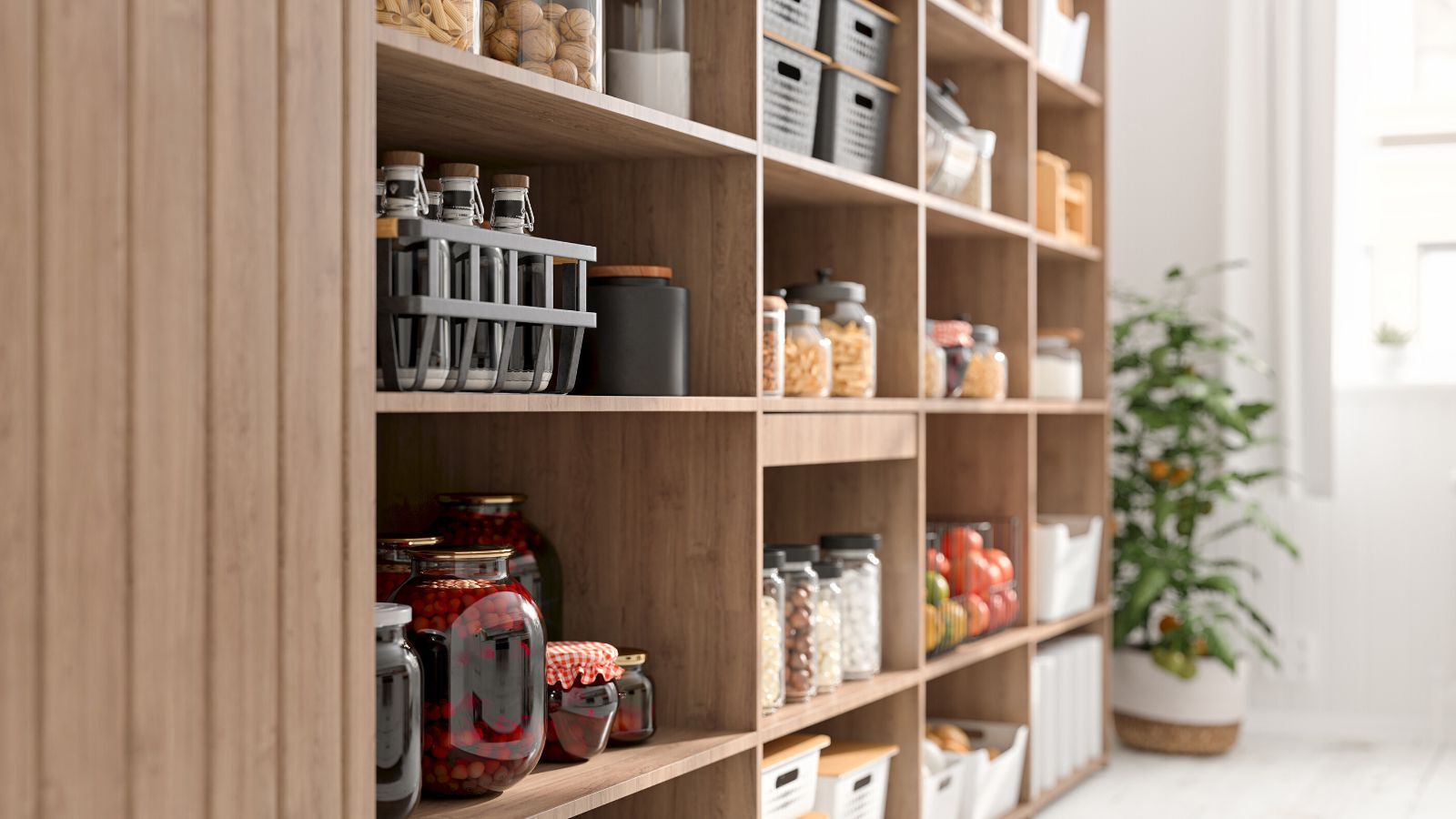
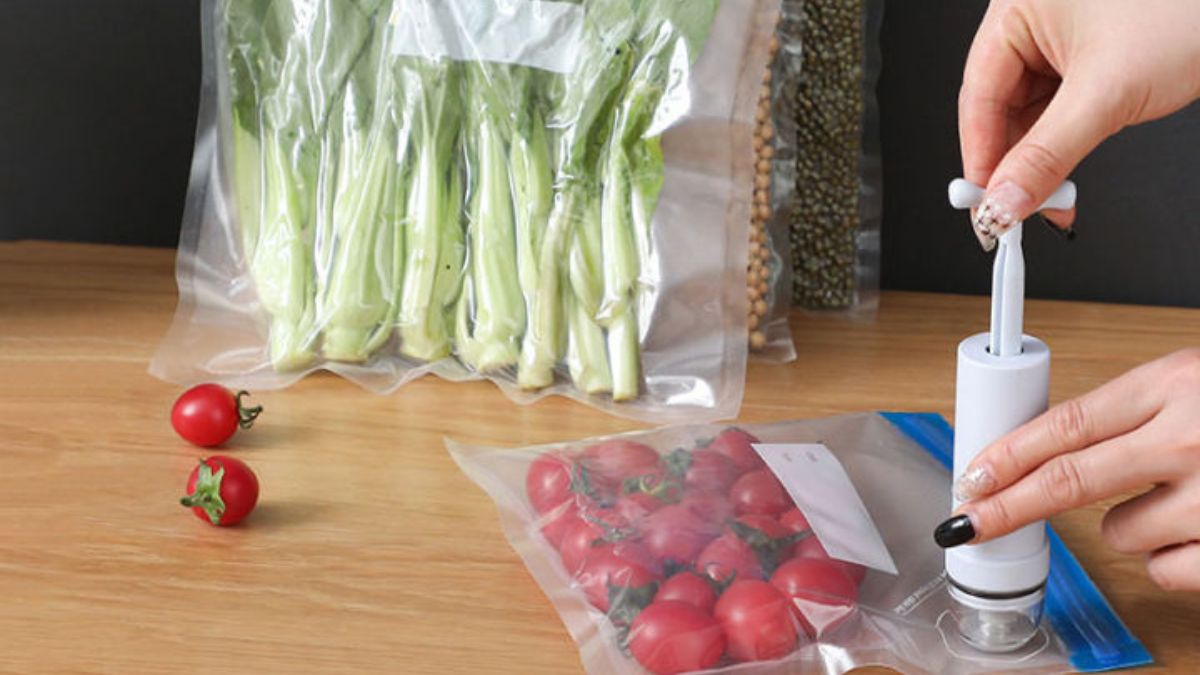


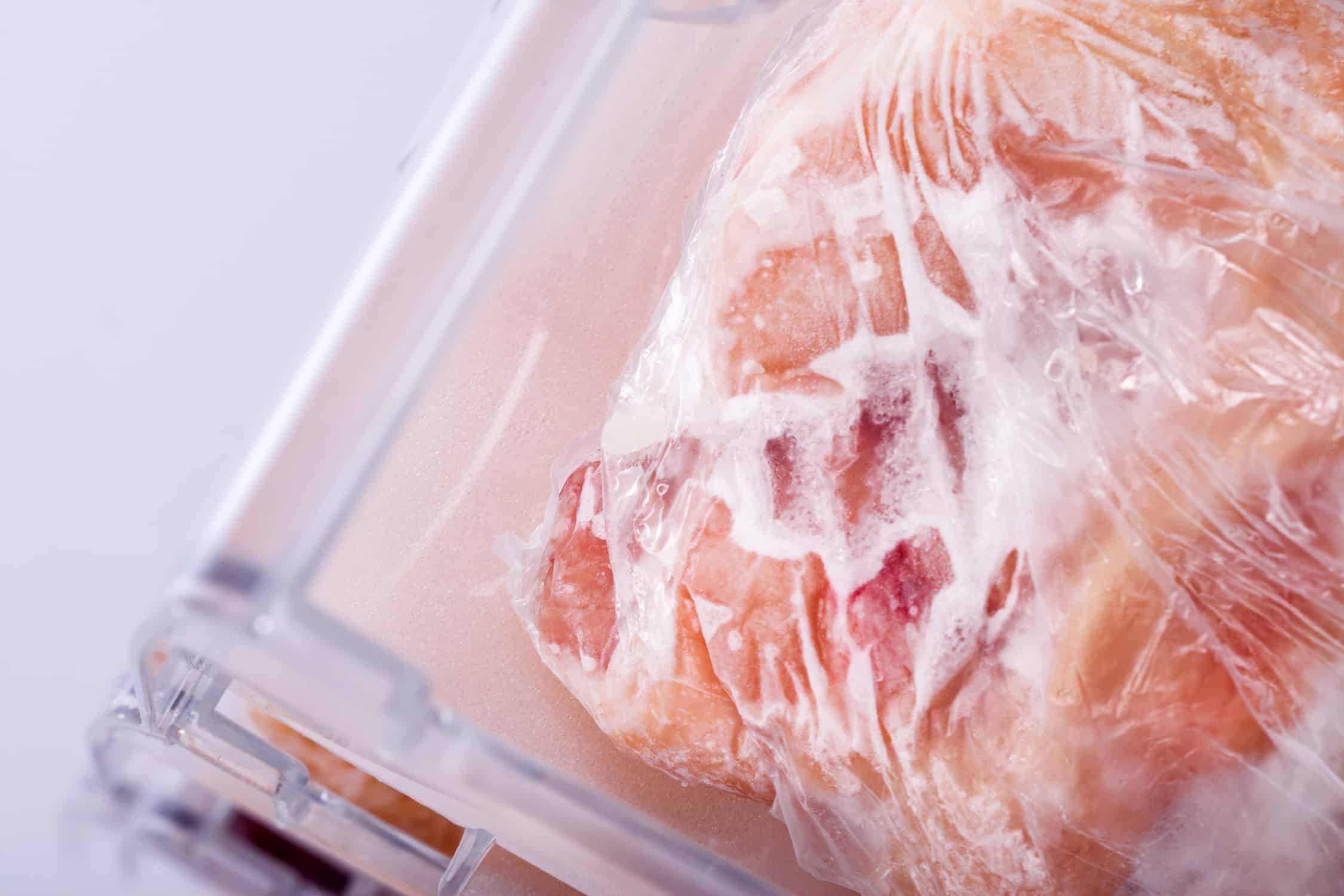
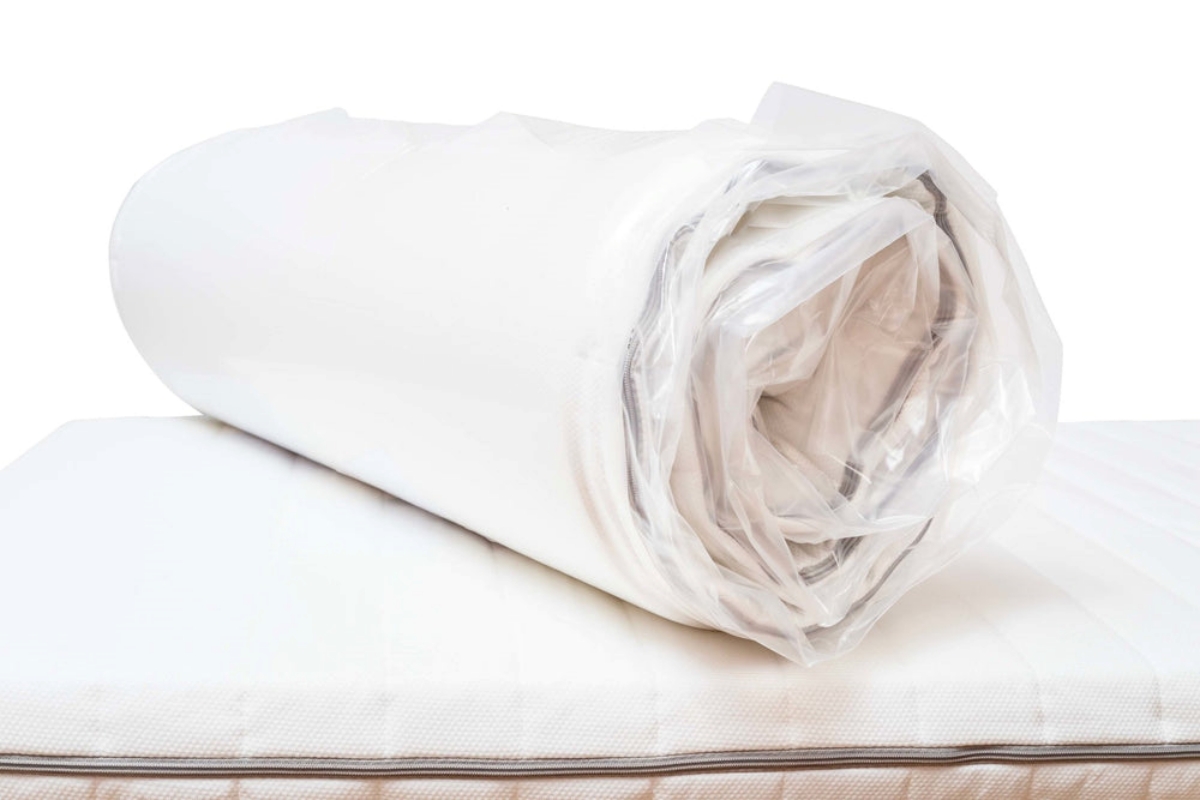
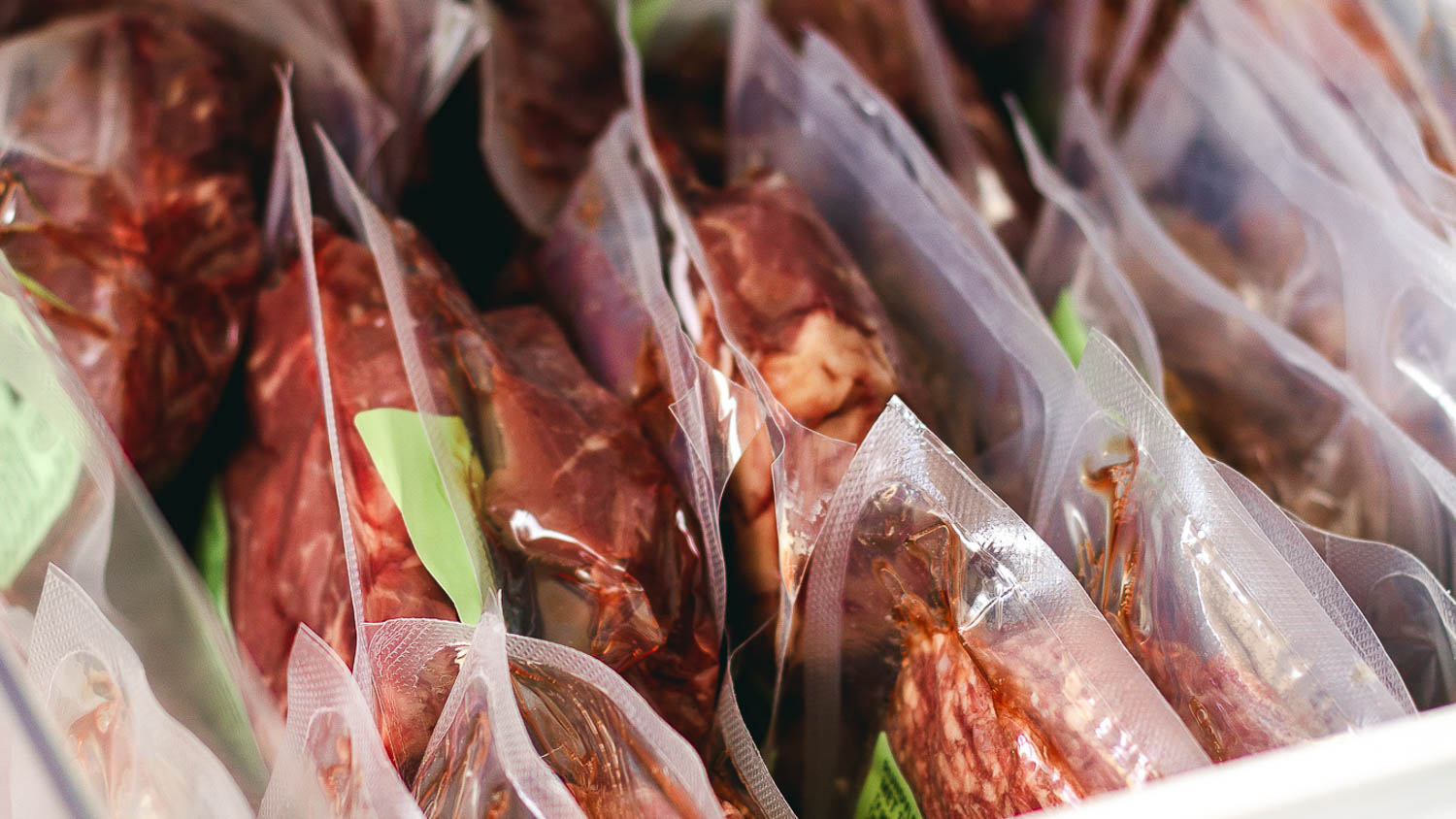

0 thoughts on “Vacuum Sealing Basics: Extending Food Shelf Life At Home”